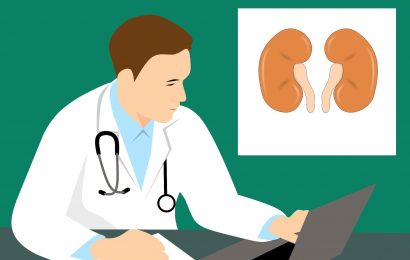A new study lays the groundwork for considering time burden as an adverse event in cancer trials. This study summary was published on medrxiv.org as a preprint and has not yet been peer reviewed.
Key Takeaway
-
Cancer patients spend about 16 hours a month in oncology drug-related activities.
Why This Matters
-
Time is a valuable resource for people with cancer, particularly when they are running out of treatment options.
-
Time is spent on travelling to doctors’ offices, waiting for providers, receiving infusions, undergoing radiographic imaging, dealing with adverse events, and other matters.
-
The financial burden of cancer care is increasingly well recognized, but the time cost is historically underrecognized and has the potential to offset quality days gained by therapy.
-
The study draws attention to the issues, quantifies the problem, and helps build the case for considering what’s been called “time toxicity” as an adverse event in cancer trials.
Study Design
-
Between 2009 and 2022, the US Food and Drug Administration approved 13 drugs for metastatic cancer that pitted study drugs against best supportive care.
-
Based on study protocols, observation in oncology clinics, and patient surveys, the team estimated the time that patients in the active treatment arms of these trials spent on trial-related activities, including physical and clinical assessments, traveling, tumor assessments, treatment infusions, if applicable, and patient-reported assessments.
-
The team assumed that in general practice for metastatic cancer, best supportive care means observation, home palliative care, or hospice services with little time spent seeking treatment.
Key Results
-
Nine trials reported a median improvement in overall survival of 2.1 months; 12 studies demonstrated a median improvement in progression-free survival of 1.6 months.
-
Patients on active treatment spent a median of 15.8 hours/month on trial-related activities.
-
Travel took up the most time (5.3 hours/month), followed by health-related activities outside of clinic time (4.7 hours/month), and physical/clinical assessments (4 hours/month).
-
Most of the medications were oral, so time spent on drug administration was minimal.
-
The 16 hours were likely distributed over at least 4-5 days per month, leading to fewer treatment-free days at home.
Limitations
-
Sixteen hours per month is likely an underestimate because it did not capture time spent on treating adverse events.
-
Also, real-world data indicate that the frequency of clinic visits is higher than visits for trial assessments.
Disclosures
-
The study was funded by Arnold Ventures.
-
The lead investigator reported funding from Arnold Ventures; royalties from Johns Hopkins University Press; honoraria from Medscape; speaking fees from UnitedHealthcare; and other relationships, but no pharmaceutical industry ties.
This is a summary of a preprint research study, “Estimation of time cost of anti-cancer drugs approved based on comparisons to best supportive care: a cross sectional analysis,” led by Vinay Prasad, MD, PhD, of the University of California, San Francisco, provided to you by Medscape. The study has not been peer reviewed. The full text can be found at medrxiv.org.
M. Alexander Otto is a physician assistant with a master’s degree in medical science and a journalism degree from Newhouse. He is an award-winning medical journalist who has worked for several major news outlets before joining Medscape and also an MIT Knight Science Journalism fellow. Email: [email protected]. Email: [email protected].
For more news, follow Medscape on Facebook, Twitter, Instagram, and YouTube.
Source: Read Full Article


